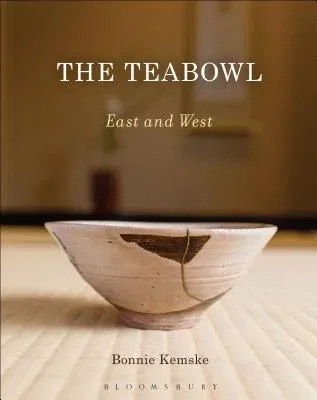Bonnie Kemske
(Author)The Teabowl: East and WestHardcover, 3 October 2017

Qty
1
Turbo
Ships in 2 - 3 days
Only 3 left
Free Delivery
Cash on Delivery
15 Days
Free Returns
Secure Checkout

Print Length
160 pages
Language
English
Publisher
Herbert Press
Date Published
3 Oct 2017
ISBN-10
1472585607
ISBN-13
9781472585608
Description
Product Details
Author:
Book Format:
Hardcover
Country of Origin:
US
Date Published:
3 October 2017
Dimensions:
27.69 x
21.59 x
1.78 cm
Genre:
Asian - General
ISBN-10:
1472585607
ISBN-13:
9781472585608
Language:
English
Location:
New York
Pages:
160
Publisher:
Weight:
879.97 gm